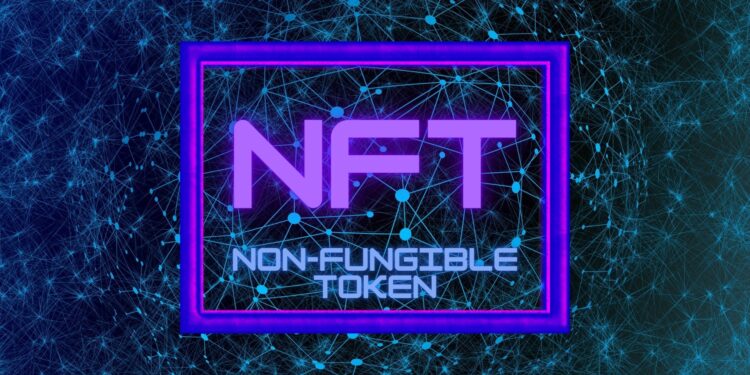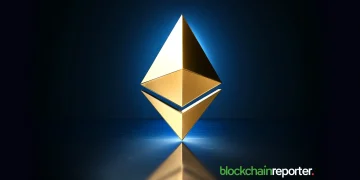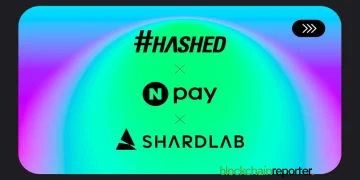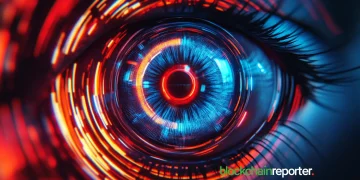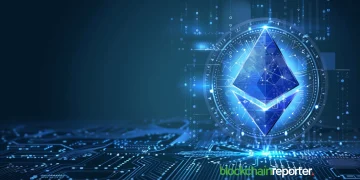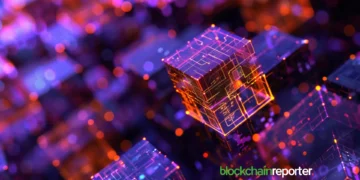NFTs (non-fungible tokens) are the new obsession of the digital world. In this article, we’ll give you a full NFT for Dummies introduction to what you should know about them.
We’re all familiar with Bitcoin and other cryptocurrencies, which are units of digital data that can be traded for goods or services. These are fungible, a.k.a. it doesn’t matter if you get the same coin (just like it doesn’t matter if you get the same dollar, they’re equivalent). NFTs, on the other hand, have a twist: each NFT is unique.
This makes them perfect for digital art, collectibles, and gaming items. The possibilities are endless, and the market is still wide open. So, if you’re thinking about getting involved with NFTs, now is the time. Here’s what you should know:
What Are NFTs?
NFTs are one-of-a-kind digital assets whose ownership is recorded on the blockchain. Unlike Bitcoin or Ethereum, which are fungible and interchangeable, each NFT is unique. This means that each NFT can be bought, sold, or traded like any other asset, but it also means that it can be collected and displayed like a piece of art.
Blockchain technology is essential to the NFT world.
The blockchain is a digital ledger for recording transactions – you sent a coin or NFT to person B, person B sent it to person C, person C to person D, etc.
The most well-known blockchain is Bitcoin, but there are many others, including Ethereum, Cardano, and Solana. Most of these blockchains are decentralized, which means they’re not controlled by any one person or organization. This makes the blockchain more secure and transparent than other methods of storing data.
How Do NFTs Work?
Let’s take this from the start:
NFTs are created using a process called minting. This is similar to printing money, but instead of printing physical bills, NFTs are created by code, which generates a unique token.
Once minted, an NFT can be bought, sold, or traded like any other asset. The ownership of an NFT is recorded on the blockchain, so it’s easy to track who first minted an NFT and how it’s been traded.
What Can You Do With NFTs?
NFTs can be used for a variety of purposes. The most popular use cases are digital art, collectibles, and gaming items.
Digital art is perhaps the most well-known use case for NFTs. Artists can mint their art as an NFT and sell it to collectors. The ownership of the NFT is recorded on the blockchain, so the buyer can be sure that they’re the only person with that particular piece of art.
But, other than this digital form of art collecting, NFTs can also have very practical applications. For example, you could create event tickets that can’t be duplicated or loyalty points that can be traded or sold.
The Metaverse is yet another frontier for NFTs. The Metaverse is a virtual world where people can interact with each other and with digital objects.
But how do you know you own a digital object, be it a car or a piece of clothing?
NFTs can be used to create virtual real estate, clothing, and in-game items. As the Metaverse expands, we’ll likely see more and more use cases for NFTs.
How Do I Buy an NFT?
The easiest way to buy an NFT is through an online marketplace.
Right now, the most popular marketplace is OpenSea, which is built on the Ethereum blockchain.
Other popular marketplaces include Rarible and SuperRare.
To buy an NFT, you’ll need to create an account on a marketplace and connect your wallet. Then, you can browse the marketplace and buy the NFT you want.
What Are the Most Popular Cryptocurrencies in the NFT world?
Unlike the ‘regular’ crypto world where Bitcoin is king, Ethereum is the most popular blockchain for NFTs.
How come? Well, it boils down to what Ethereum can actually do.
ETH is more than a coin. In fact, ETH is simply the native token of the Ethereum blockchain, a network of computers that makes smart contracts possible.
With Ethereum, the blockchain can validate more than just a transaction – it can also execute contracts with predefined rules. This makes ETH perfect for NFTs. You can build decentralized applications (Dapps) on Ethereum that can mint NFTs or assist in their creation.
But, with the rising gas prices (the gas depends on how busy the network is at a given moment), the cost of Ethereum-based NFTs is growing. Will it reach a tipping point?
Solana to The Rescue
Solana is a newer blockchain that’s purpose-built for high-speed transactions.
The network can process 65,000 transactions per second, which is around 4300 times faster than Ethereum. Because Solana is more efficient, it’s also cheaper to use. This makes it a more attractive option for NFT creators and buyers.
In short:
Solana offers a solution to high gas prices by being able to process more transactions per second than Ethereum. In fact, it’s often dubbed the Ethereum killer.
SOL-based marketplaces include Magic Eden, DigitalEyes, and Solsea.
And, while entering the NFT world has been one of the smartest decisions that the SOL team has made, this isn’t the only place where Solana is making waves. The coin’s practical applications are vast, and its potential is only beginning to be tapped. Today, you can gamble with Solana, stream music with decentralized platform Audius (like Spotify, but on the blockchain), facilitate team collaboration with Squads, and so much more.
NFTs Beyond ETH and SOL
Now, it’s essential to understand that just because a marketplace is built on a particular blockchain, it doesn’t mean that it only accepts that coin as payment.
In fact, prominent marketplaces take pride in offering their users a wide range of payment options. For example, the core currencies of OpenSea are Ethereum (ETH/WETH), SOL, USDC, and DAI.:
NFTs are the Future
NFTs are still in their infancy, but they hold a lot of promise. We hope that this NFT for Dummies guide has helped you learn more about the technology and its future.
In the coming years, we’ll likely see more use cases for NFTs, as well as more innovation in the space. So, if you’re thinking about getting involved in the NFT world, now is the time!


